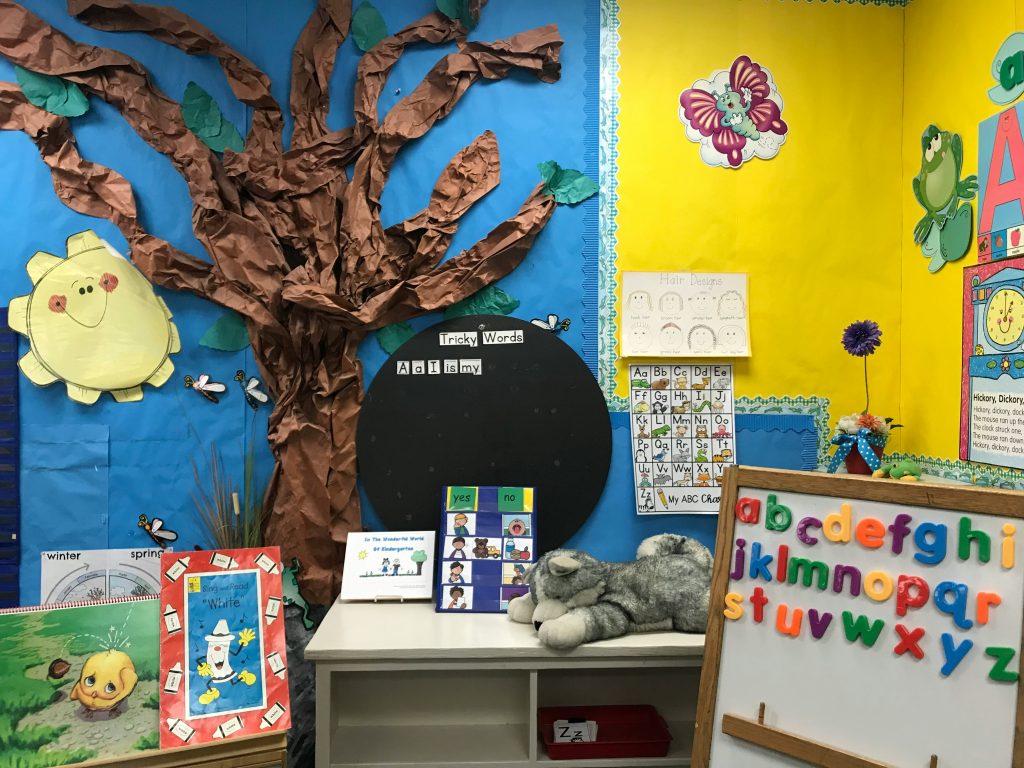De-escalation Techniques
Even in the best-managed classrooms, conflicts and emotional moments will arise. These proven de-escalation techniques will prioritize everyone’s safety while preserving relationships and dignity. These skills are essential for maintaining a positive learning environment and helping students develop their own emotional regulation abilities.
The De-escalation Ladder
Step 1: Stay Calm
- Lower your voice rather than raising it
- Breathe deeply and slowly
- Maintain open body posture
- Keep emotional distance
Step 2: Listen Actively
- “Help me understand what’s happening.”
- “Tell me more about that.”
- “I can see you’re really frustrated.”
Step 3: Validate Feelings
- “It sounds like you’re feeling…”
- “I understand why that would be upsetting.”
- “Your feelings make sense.”
Step 4: Find Common Ground
- “We both want you to be successful.”
- “I think we can figure this out together.”
- “Let’s work on solving this.”
Step 5: Offer Choices
- “Would you like to take a break or try a different approach?”
- “You can choose to problem-solve now or later.”
- “What would help you feel ready to continue?”
Emergency De-escalation Scripts
When a Student is Very Angry
- “I can see you’re really upset. Let’s find a way to help you feel better.”
- “Your safety and everyone else’s safety is most important right now.”
- “When you’re ready to talk, I’m here to listen.”
When a Student Shuts Down
- “You don’t have to talk right now. I’ll check back with you in a few minutes.”
- “Take the time you need. I’m not going anywhere.”
- “Sometimes we all need a moment. That’s okay.”
Know When to Get Help
- Immediate safety concerns: Call admin/security immediately
- Persistent defiance: Send student to predetermined location with note
- Emotional distress: Contact counselor or social worker
- Physical aggression: Clear area, call for backup

Did you find this helpful?
